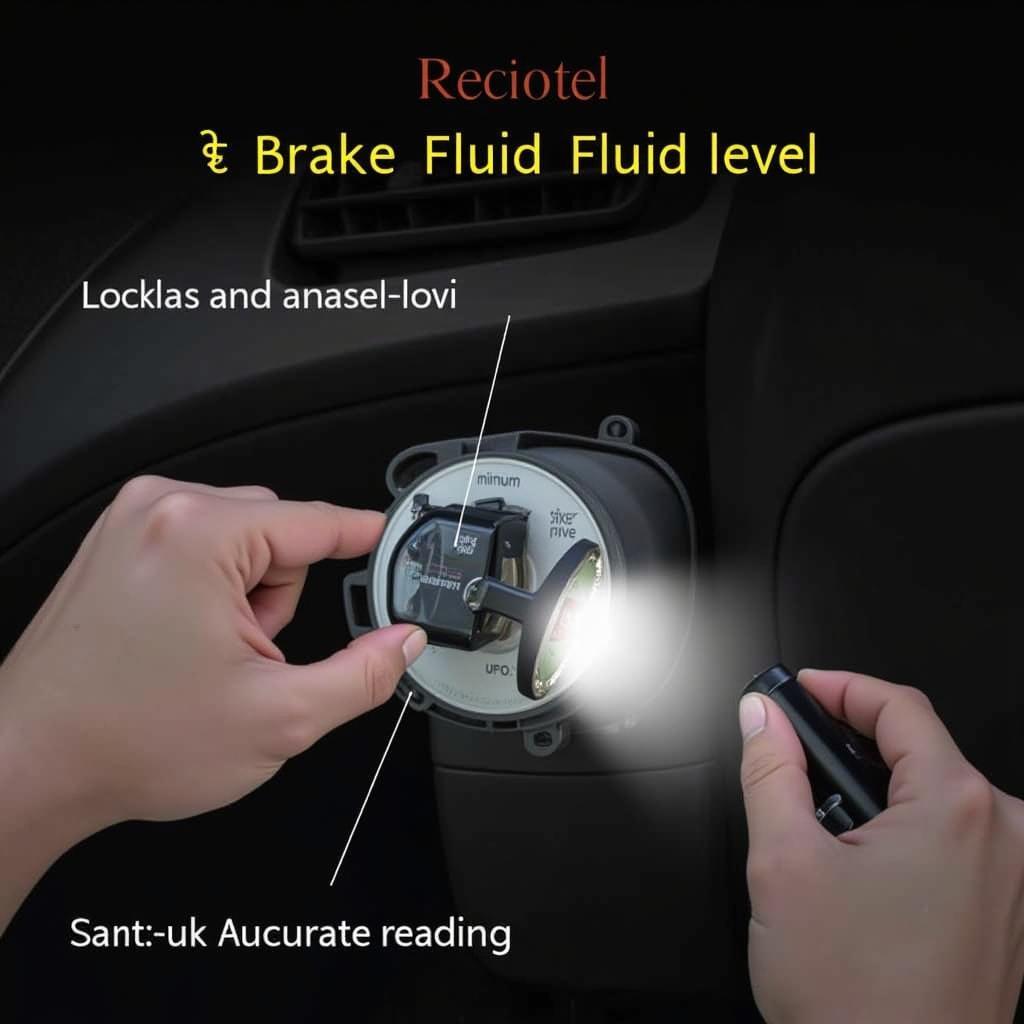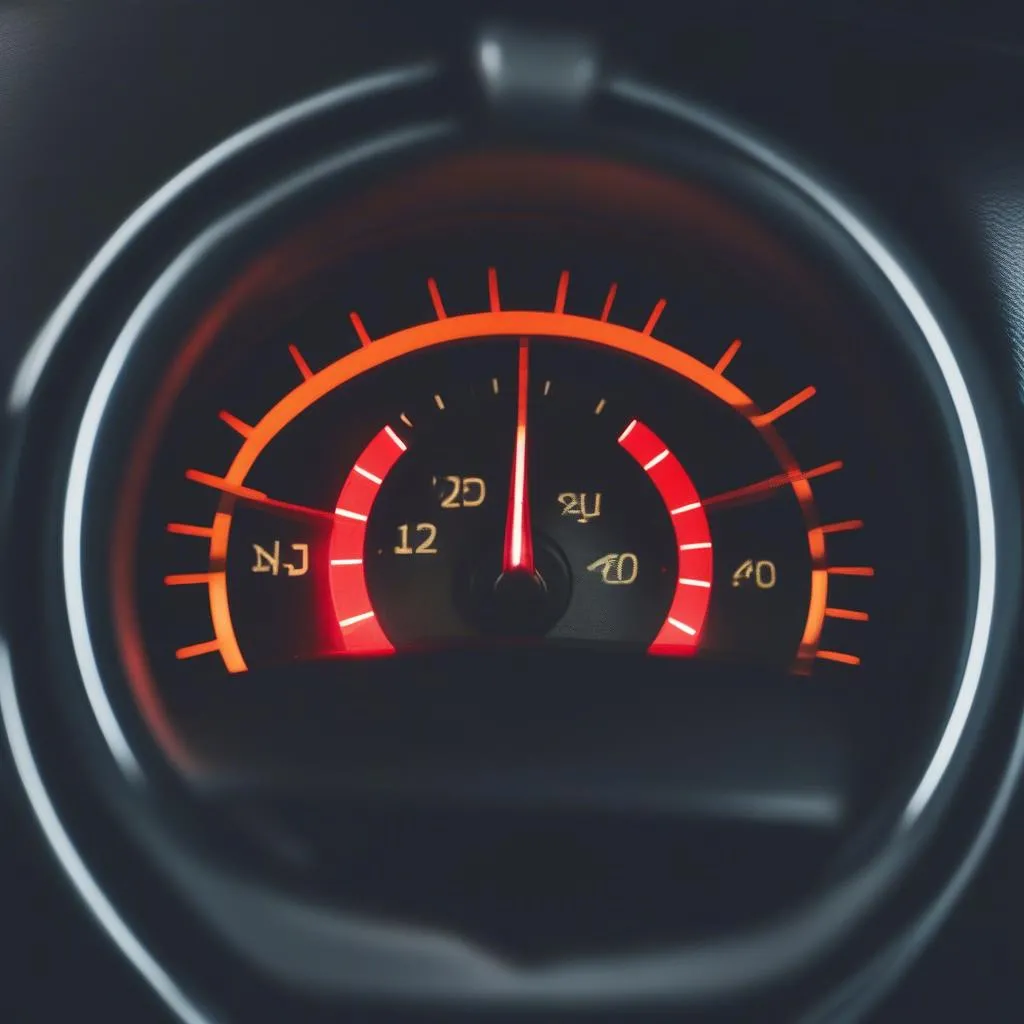Car radio suppressor wiring can seem daunting, but understanding its purpose and how it works can make troubleshooting and installation much easier. This guide will delve into the intricacies of suppressor wiring, providing valuable insights for DIY enthusiasts and seasoned automotive professionals alike.
What is Car Radio Suppressor Wiring and Why Do You Need It?
Car radio suppressor wiring plays a crucial role in minimizing electrical interference, often referred to as “noise,” that can affect your car audio system. This interference can originate from various sources within your vehicle, such as the ignition system, alternator, or even other electronic components. Without proper suppression, this noise can manifest as static, whining, or popping sounds, degrading the quality of your listening experience.
Common Sources of Car Radio Interference
- Ignition System: The spark plugs in your engine generate high-voltage electrical pulses that can easily interfere with radio reception.
- Alternator: The alternator, responsible for charging the car’s battery, can also produce electrical noise that affects the radio.
- Other Electronic Components: Various other electronic devices in your car, such as power window motors or fuel pumps, can contribute to radio interference.
Identifying the Right Suppressor for Your Car Radio
Choosing the correct suppressor is essential for effective noise reduction. There are several types available, each designed to address specific types of interference. Inline suppressors, for example, are installed directly on the power wire to the radio, while others are designed for specific components like spark plugs or alternators.
Types of Car Radio Suppressors
- Inline Suppressors: These are commonly used and easy to install. They filter out noise on the power line to the radio.
- Spark Plug Suppressors: These suppressors are fitted onto the spark plug wires to reduce interference from the ignition system.
- Alternator Suppressors: These are installed on the alternator’s output wire to minimize noise generated by the charging system.
Installing a Car Radio Suppressor: A Step-by-Step Guide
Installing a car radio suppressor is generally straightforward, but following proper procedures ensures optimal performance. Before starting, disconnect the negative battery terminal for safety.
- Identify the Source of Interference: If possible, pinpoint the source of the noise. This can help you choose the right suppressor and installation location.
- Choose the Correct Suppressor: Select the appropriate suppressor based on the type of interference and your car’s specific requirements.
- Locate the Installation Point: Determine the optimal location for the suppressor. For inline suppressors, this is typically on the power wire to the radio.
- Connect the Suppressor: Carefully connect the suppressor according to the manufacturer’s instructions. Ensure secure connections to avoid further issues.
- Test the Installation: Reconnect the battery and test the radio to verify that the noise has been reduced or eliminated.
Troubleshooting Tips
- Check Ground Connections: A poor ground connection can exacerbate noise issues. Ensure all ground connections are clean and tight.
- Inspect Wiring: Examine the wiring for any damage or loose connections that could be contributing to the problem.
- Test Different Suppressor Locations: Experimenting with different suppressor locations can sometimes improve results.
“A properly installed suppressor can significantly enhance the sound quality of your car audio system,” says John Miller, a veteran automotive electrician with over 20 years of experience. “It’s a relatively simple upgrade that can make a big difference.” Another expert, Sarah Johnson, a car audio specialist, adds, “Identifying the source of the interference is key to choosing the right suppressor and achieving optimal noise reduction.”
In conclusion, understanding car radio suppressor wiring is essential for anyone seeking a clear and interference-free listening experience in their vehicle. By choosing the right suppressor and following proper installation procedures, you can significantly improve your car audio system’s performance. Remember, a quiet ride makes for a more enjoyable one.
FAQ
- What causes car radio static? Static can be caused by various sources of electrical interference within the vehicle, such as the ignition system, alternator, or other electronic devices.
- How do I choose the right car radio suppressor? The right suppressor depends on the source of the interference and your car’s specific needs. Consult your car’s manual or a qualified technician.
- Can I install a car radio suppressor myself? Yes, installation is usually straightforward, but always disconnect the negative battery terminal before starting.
- What if the suppressor doesn’t eliminate all the noise? Check ground connections, inspect wiring, and try different suppressor locations.
- Where can I buy a car radio suppressor? Car radio suppressors are readily available at auto parts stores, electronics retailers, and online.
- What are the different types of car radio suppressors available? Common types include inline suppressors, spark plug suppressors, and alternator suppressors.
- How do I know if my car radio needs a suppressor? If you experience static, whining, or popping sounds from your radio, a suppressor may be needed.


